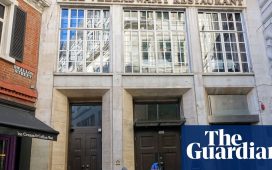For Marbella’s most recent residents, one primary hub is not a designer beach club or Michelin-starred restaurant. It’s The Pool: not of the infinity kind, but a cavernous glass and steel co-working space on the Golden Mile. Its members come from more than 30 countries and are “particularly young people involved in start-ups”, says its Swedish co-founder Christian Rasmusson.
Such a demographic is prominent in what Rasmusson calls “Marbella 2.0” — the Costa del Sol town’s transition from tourist resort and golf-centred retirement destination to a year-round home for young entrepreneurs and families. Many of them are digital nomads capitalising on a growing tech scene, a proliferation of homes in new branded developments, as well as excellent healthcare and international schools — including Swans and Svenska Skolan, the Swedish school, which recently upped its capacity by 50 per cent to 300.
British buyers in 2023 ranked as the biggest foreign segment (15 per cent) in the Málaga province — which includes Marbella — with Swedish in second place (8 per cent). But when you wander around Marbella, English voices are far less prevalent than they were a few years ago. There’s also uncertainty among British would-be buyers since Pedro Sánchez, Spain’s prime minister, proposed a 100 per cent tax — or even a ban — on non-resident, non-EU “speculators” to ease the country’s “housing emergency”. Andrew Humphreys, 59, a chief financial officer from Staffordshire, recently bought a penthouse near Marbella for personal use, “not primarily as an investment”, he says. “But we did have some hesitation that [Sánchez’s proposed change] might lower resale values in the future.”
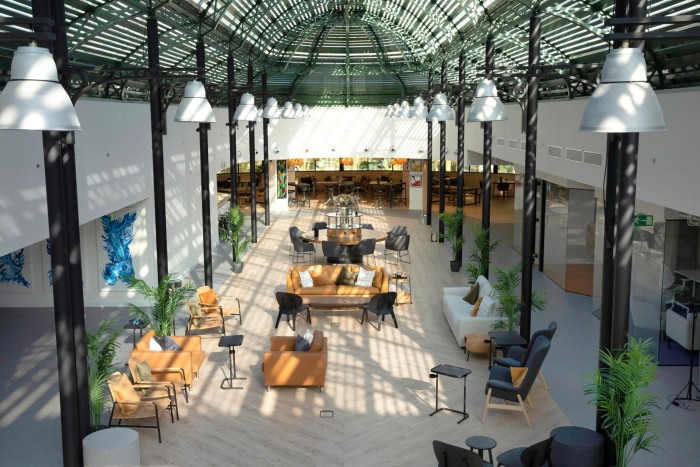
Instead, Marbella 2.0 is leaning more towards a new phase for “Scandalucía”. Of the 320 companies in the Málaga region that have at least one Swedish owner, 200 are in Marbella. Many of them are in Nueva Andalucía — an affluent area nicknamed “Little Stockholm”, where high-end villas have sweeping views across “Golf Valley”. And Swedish buyers spend more than any other, per square metre, on Spanish homes, according to property portal Idealista.
Max Burde, 50, the founder of a Swedish car company, recently bought a part-time home in La Quinta, a golf resort north-west of Nueva Andalucía where villas cost around €3.7mn to €14.5mn. “It’s similar to Los Angeles, with the mountains, the weather, the beach and nature,” he says. “I hope to move here permanently.”
Also using The Pool as his HQ is Canadian entrepreneur Razor Suleman, who moved from Silicon Valley three years ago, with his wife Kari and their two young children. “Within four months, we’d bought our villa and we knew we were staying for good. As a place to bring up a family and find the next great tech companies, I feel we arrived at the exact right time,” says Suleman.
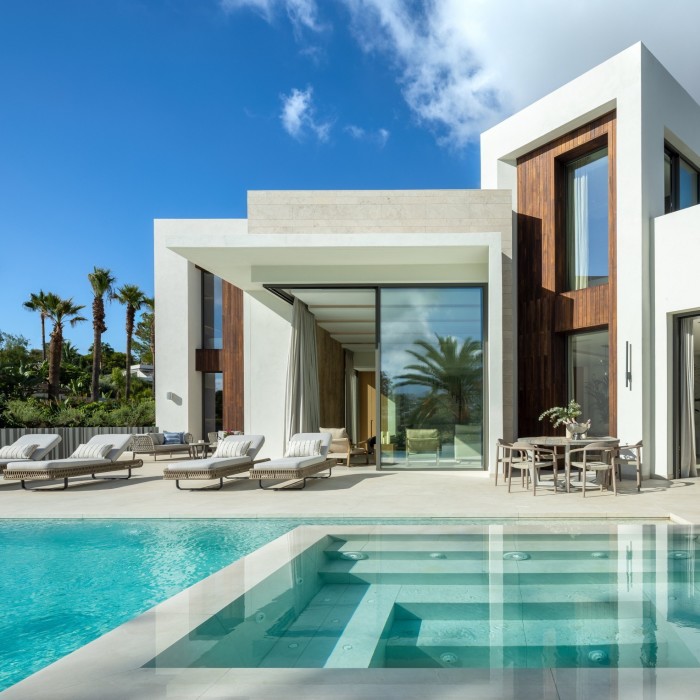
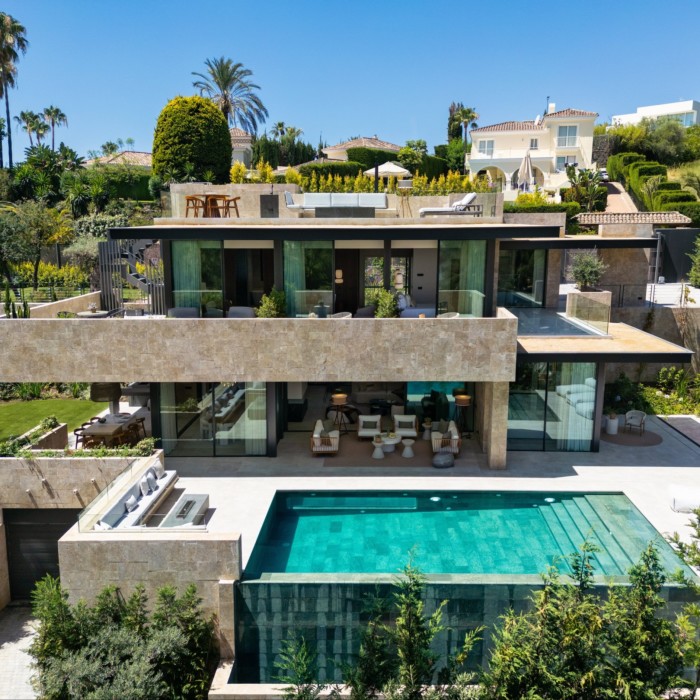
His beachfront neighbourhood off the Golden Mile — a stretch of coastline between Puerto Banús, about 6km to the west, and the edge of Marbella city — counts Novak Djokovic and Swedish Spotify founder Daniel Ek as residents. “When we moved here, only one other family in our community of 50 or so homes was living here year-round. Now there are more than a dozen,” he says.
Marbella is now home to 153 nationalities, more than any other Spanish city after Madrid and Barcelona. Almost a third of its nearly 170,000 permanent residents are from overseas. And house prices have been rising: by 12.9 per cent in the year to January 2025, according to Idealista. That follows four consecutive years of annual 5 per cent to 7.2 per cent growth in the prime market, says Knight Frank, which predicts prime prices to rise by 5 per cent this year, its second-highest projected growth in Europe (joint with Madrid), after Stockholm.
Pia Arrieta, managing partner at DM Properties, Knight Frank’s Marbella partner, attributes part of this growth to “much higher-quality refurbishment projects and new key-ready properties”. The latter includes Marbella’s first branded schemes, such as Epic Marbella, opened in 2024 in partnership with Fendi Casa, where the Norwegian footballer Erling Haaland owns an apartment. When prices at Epic doubled within two years of launch to €20,000 per sq m, they set a new record for Marbella. Now prices for some homes on the Golden Mile beachfront are reaching €30,000 per sq m, according to local agency Panorama Properties.
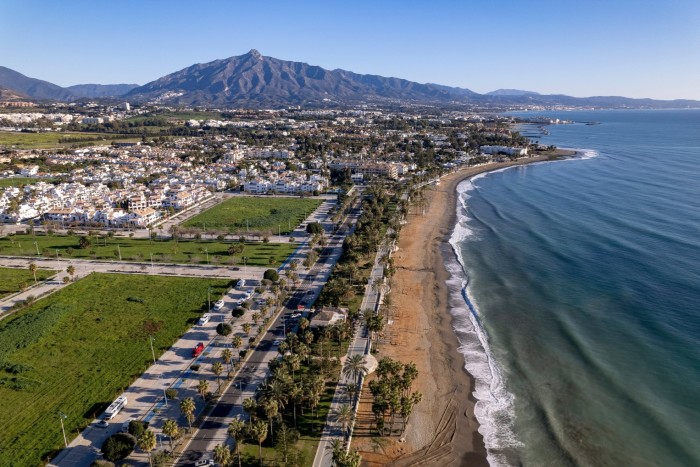
In neighbouring Design Hills, a Dolce & Gabbana-branded scheme due to complete in 2027, apartments start at €5.5mn and one of the penthouses sold last year for €20mn. Here, too, there is high Scandinavian and Dutch interest, along with buyers from Mexico and Poland, one of the biggest emerging sources of demand for new-builds in Marbella, according to Knight Frank. Also under way, due to complete by early 2026, is UNO, which occupies the last beachside plot on the Golden Mile. Last year, there were 25 off-plan sales at an average price a shade under €7mn, according to the Norwegian agency, Solvilla.
Two branded projects in Marbella East — where sand dunes, dotted by the occasional beach bar or restaurant, provide a retreat from central Marbella — are expected to break ground this year too: The Four Seasons resort and another scheme, initially slated under the W hotel brand but still a work in progress, whose apartments and villas will overlook Real de Zaragoza beach.
It’s not all plain sailing, however. Agents and others in the industry believe Sánchez’s proposed legislation against non-EU buyers is unlikely to pass through parliament. But in Marbella, some buyers are already backing off. Salim Akhtar, founder of Captain Costa Real Estate, has recently lost three North American buyers. “Most Spanish families I know with housing problems aren’t looking for €1mn penthouses on golf resorts,” he says. “But this political diversion creates instability in the whole system.”
Percy Roland, founder of Percy Roland Real Estate in Marbella, adds: “An Irish client of mine, who wouldn’t even be affected, has decided not to move ahead with his purchase as he fears what impact this sentiment will have on property prices.”
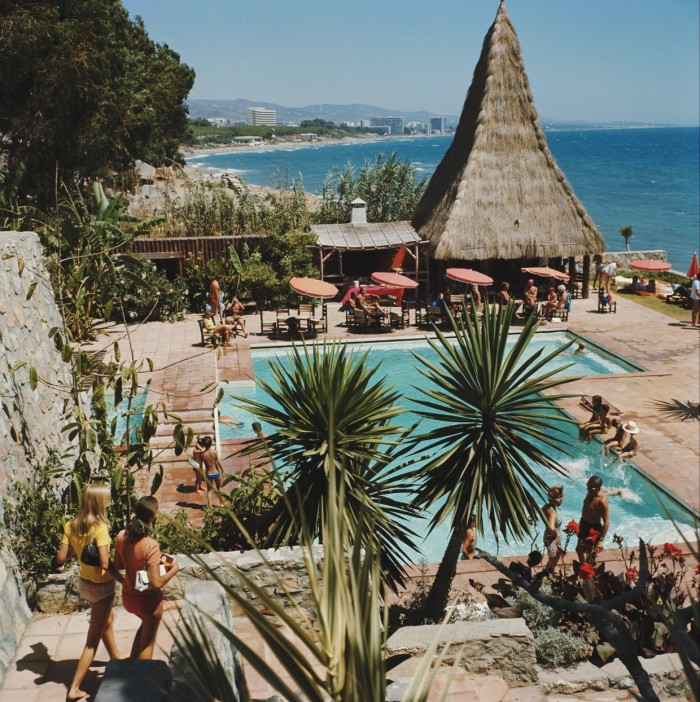
The imminent end of Spain’s golden visa scheme is helping to mitigate any drop in demand, though, with buyers rushing to tie up deals before the April deadline. “Some are buying quickly at around the €500,000 threshold, just to get the visa, then they are going to take their time to find somewhere they want to live,” says Roland.
Marbella is also due to see its long overdue, new urban plan come to fruition within the next two years. But for now, its planning system still relies on the outdated one drawn up in 1986. Subsequent blueprints were scrapped as they were linked to decades of corruption presided over by Jesús Gil, Marbella’s mayor in the 1990s. Gil — who, as a property developer early in his career, was handed a prison sentence after a building collapsed and killed 58 people — died in 2004 facing corruption charges. Many of his town hall colleagues also ended up behind bars. Up to 18,000 homes in Marbella that date from Gil’s frantic building phase are left illegal and unsellable.
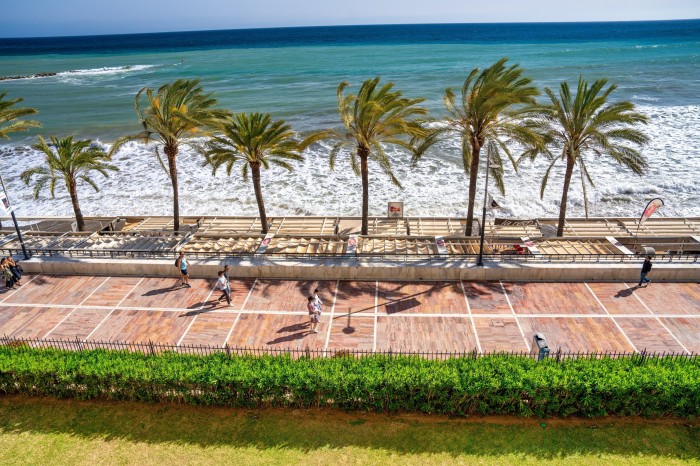
A new urban plan is widely welcomed. “But I’ll believe it when I see it as it still has to go through a long legal process,” says Roland. Another issue is the city’s reputation for bling, perpetuated by reality TV shows. This “Marbs” of ill repute is a view held mainly by British people, argues Daniel Shamoon, co-owner of five-star hotels Puente Romano and the Marbella Club. “Buyers from Europe don’t see it in the same way.”
He knows all about reputation, having acquired the hotels in 1993, “when Marbella had collapsed and its name became a dirty word”, says Shamoon. “In the past four years, the town has seen a huge resurgence. As a holiday destination, it has lots of competition. But as a place to live, I think it’s the best in Europe. It doesn’t have the tax benefits of Dubai or Miami, but you are immersed in Andalusia’s great cities, history, food and climate.”
And for a new type of foreign buyer, there’s the lure of The Pool that isn’t for morning dips, but for networking with tech-minded nomads . . . before going to the beach with the family.
Find out about our latest stories first — follow @ft_houseandhome on Instagram



